What to do if a child sustains a concussion at camp?
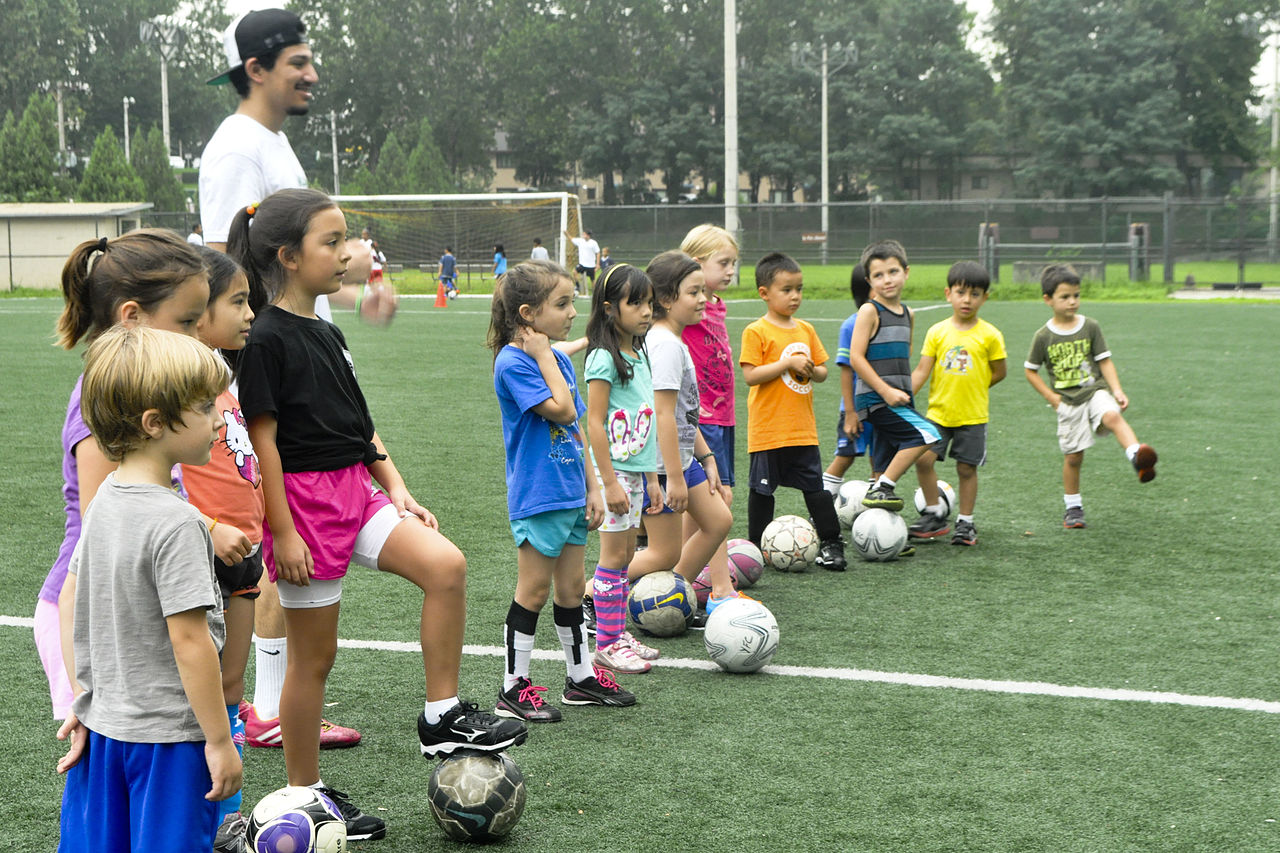 Concussion is one of the most commonly sustained injuries by children and teenagers when they are at camp. Therefore it is important that camps not only have specific requirements and guidelines to prevent traumatic brain injuries but also have a medical staff that is trained to recognize and treat concussions.
Concussion is one of the most commonly sustained injuries by children and teenagers when they are at camp. Therefore it is important that camps not only have specific requirements and guidelines to prevent traumatic brain injuries but also have a medical staff that is trained to recognize and treat concussions.
In regards to prevention, camps should always make sure that children wear proper helmets for activities involving motorized vehicles as well as activities such as skate boarding and skating. Helmets also have to be mandatory when kids are involved in adventure activities such as climbing, spelunking or zip lining. Children should also wear a helmet when bike riding as well as when horseback riding including pony riding.
Despite actively preventing concussions, accidents still happen and the camp medical team has to be ready. The camp medical staff has to be able to recognize and evaluate a concussion sustained by a camp goer. After the camp clinician properly evaluates the young patient, he will have to communicate not only with the child but also with the parents to assure a proper recovery.
 New York Personal Injury Attorneys Blog
New York Personal Injury Attorneys Blog


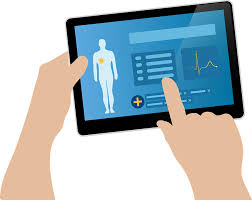
 People who are driving after recovering from a
People who are driving after recovering from a 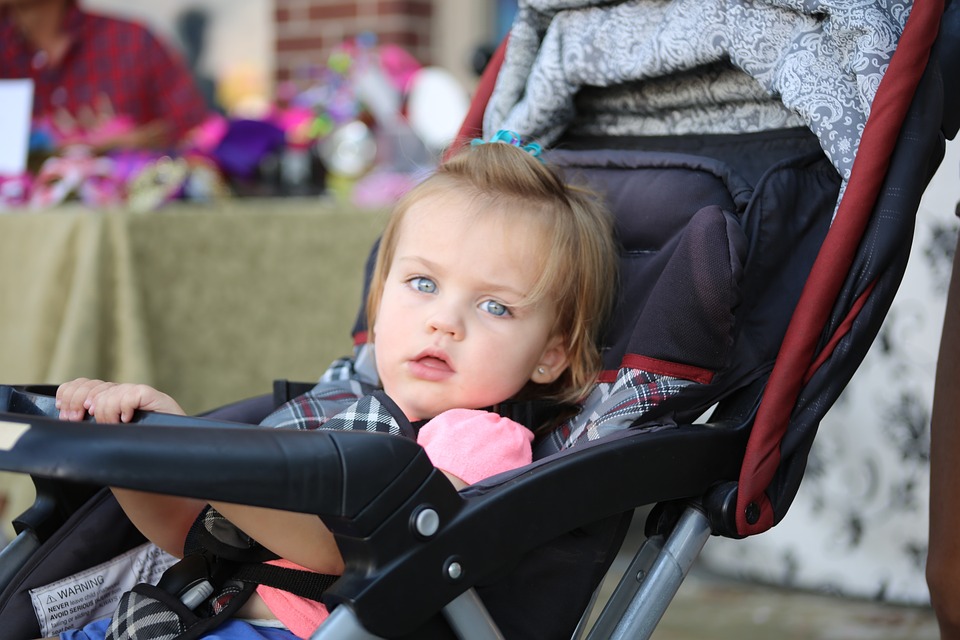 Every year, thousands of infants and toddlers are diagnosed with t
Every year, thousands of infants and toddlers are diagnosed with t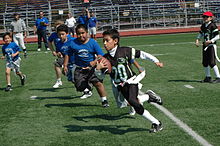
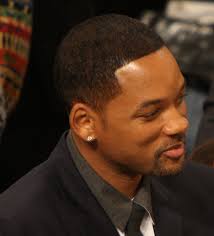
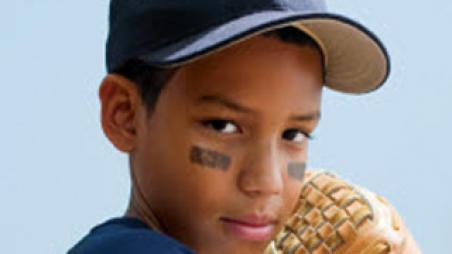
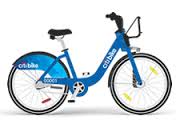 73 year old Ronald Corvin is suing Citi Bike for the traumatic brain injury he suffered after a
73 year old Ronald Corvin is suing Citi Bike for the traumatic brain injury he suffered after a 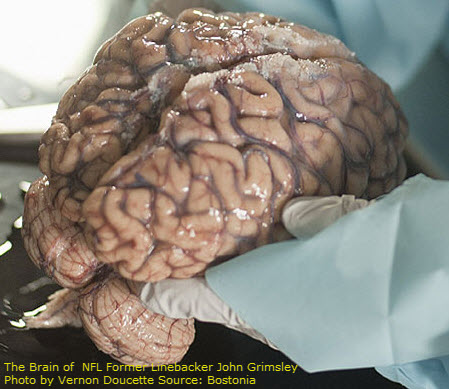 New research from the
New research from the 